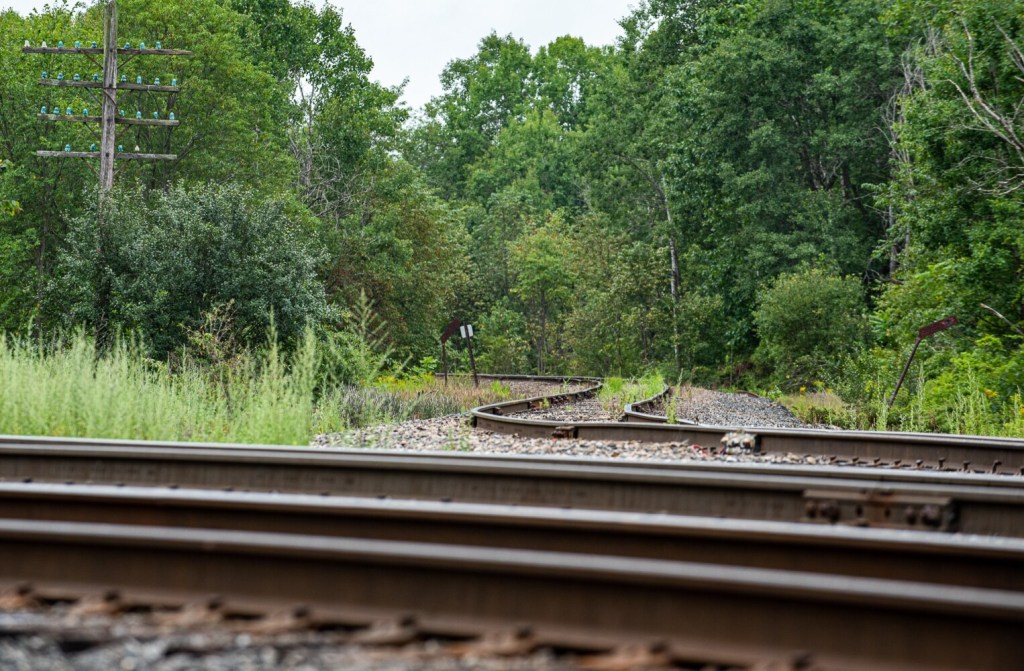Totally agree that there are massive savings to be had from living car-free – a big reason my wife and I were able to afford to buy a home in Portland is because we're a one-car family, and thus we save
over $12,000 a year on the costs of car payments, insurance, fuel, repairs, and all the time-wasting hassles that come with babysitting another car.
The biggest challenge in converting more households to car-free, IMHO, isn't the lack of intercity rail (which the state's biggest population centers already have) – it's the lack of sidewalks and walkable neighborhoods in most of the state.
A massive study by the Bureau of Transportation Statistics found that over half of all vehicle trips in the US are under 5 miles in length – a distance that can be easily covered on a bike. Almost 1/3rd of trips are under a mile – a distance that would be easily walkable, if that were an option.
By contrast, just 2% of all trips were further than 50 miles – the kinds of trips that an intercity rail network would serve:
https://www.energy.gov/eere/vehicle...lf-all-daily-trips-were-less-three-miles-2021
So we need better transportation options that can serve the everyday *local* trips people make to their grocery store, schools, health centers, friends' houses, and everything else. Those local trips are the vast majority of trips people make.
Metro is slowly improving their service and gaining more riders, and Census data shows that more households in Portland are going car-free. The more that happens, the more money we shift from spending on cars (which again, costs us $12K per car per year, and most of that spending goes out of state) to the local economy instead. And the more local businesses market themselves to walk-up local customers instead of drive-thru customers, the easier it gets for more families to get rid of their cars.





